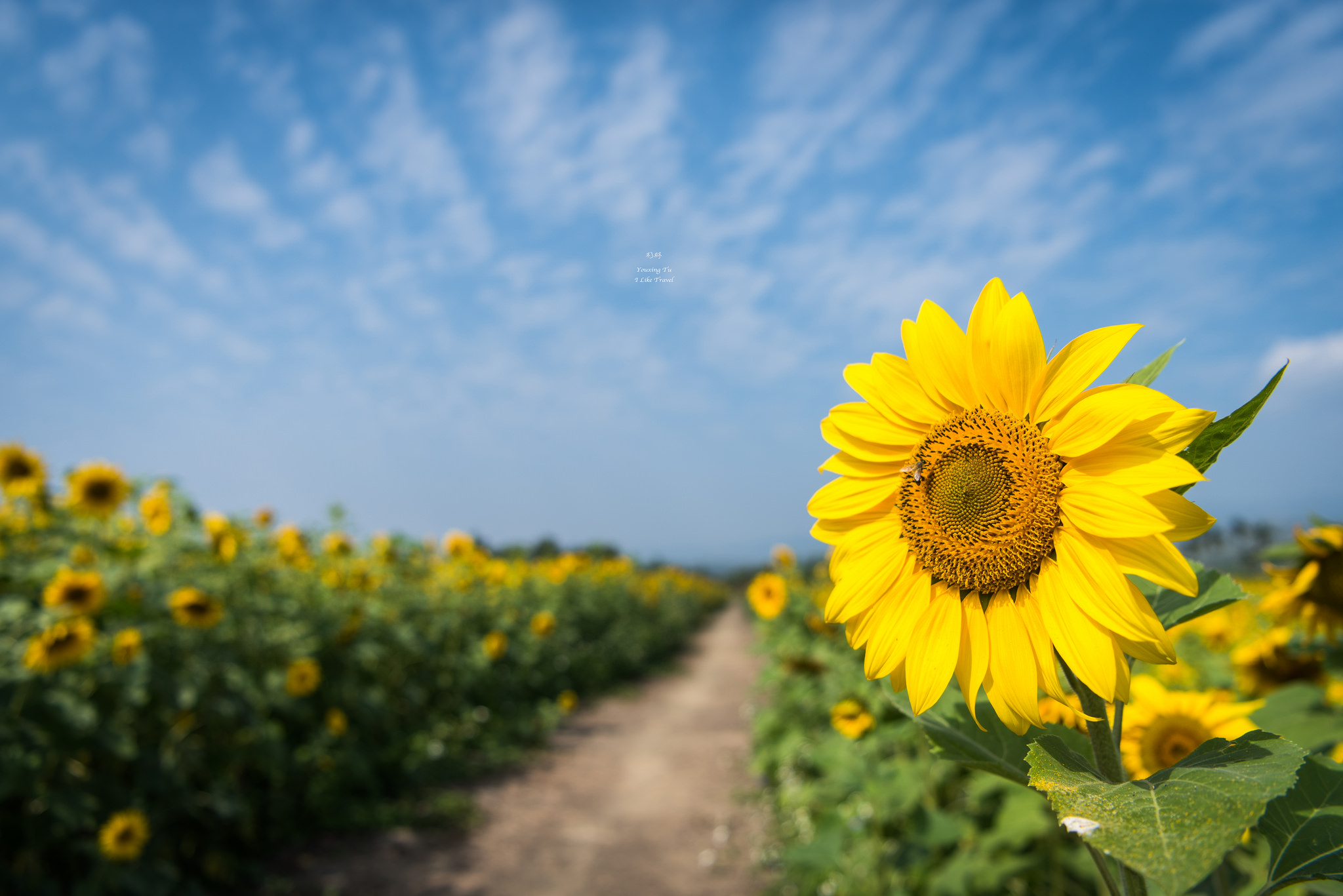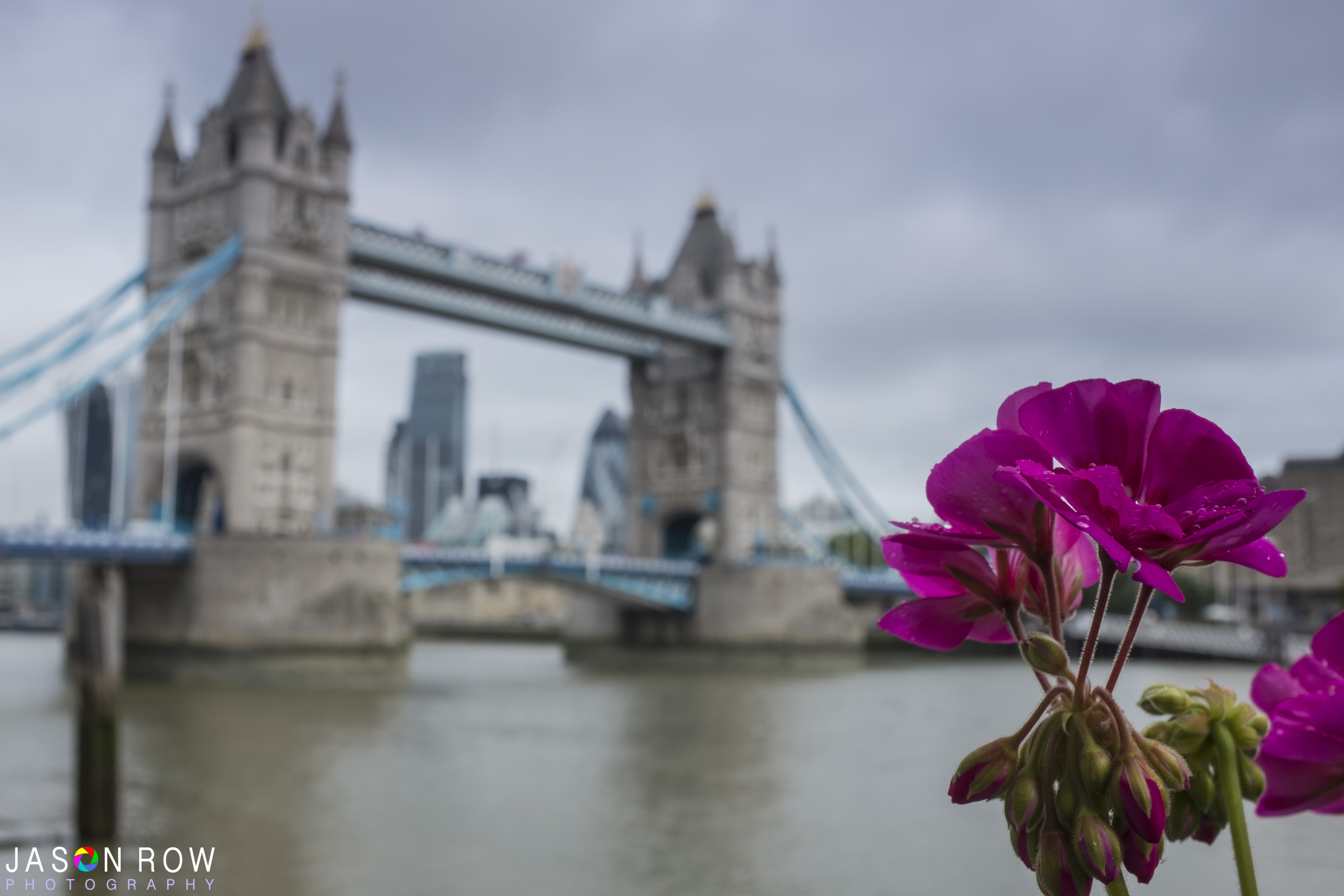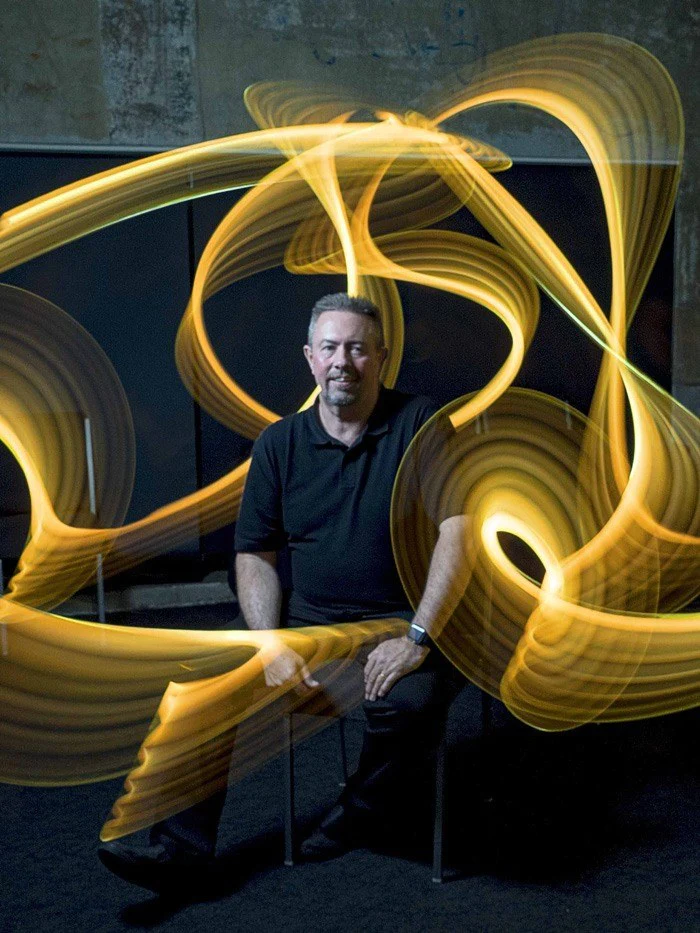It is very easy when shooting to lose track of the importance of the background and how it relates to the overall look of an image. Though some hints and tips on making sure your backgrounds compliment your subjects, we are going to show you how to start remembering the background to enhance your photos.
At risk of stating the obvious, every photograph has a background! In some photos it might be a tiny percentage of the frame, in others, it may well be the majority of the shot. While by its very nature, the subject of an image is the most important aspect, the background can completely change your audiences' perception of your image.
Backgrounds Can Enhance Your Story
Backgrounds set the scene for the story we are telling. It could be a tiny detail that relates to the subject or it might be a grand sweeping vista that adds scale to our subject. Sometimes we can use a background solely to isolate our subject.
Details in a background are a great way of highlighting your subject. For example, you might be photographing an avid reader. By placing them in front of a selection of their favorite books you immediately give the viewer a clue as to where not only their literary tastes lie, but also more deeper personal preferences.

Use Backgrounds to Contrast Your Subject
We can use backgrounds to contrast our subject, for example, an old car in front of an ultra-modern building or the spire of a church in a cityscape of skyscrapers. Contrast does not have to be physical, we can use color to contrast the foreground with the background.
A bright yellow sunflower contrasts beautifully against deep blue sky.

A background can also give mood to an image. Photograph a person on a bright sunny day with a pretty landscape behind and the mood is uplifting. Take the same shot on a stormy day, maybe with a little direct flash to darken the background and the image takes on a whole different mood.
Keep Your Backgrounds Simple
Getting a background to compliment or contrast your subject is not always easy. Simplicity is the key here. A complex, cluttered background will distract your viewer and perhaps confuse the message. A simple background will maintain focus on the subject but also hint a greater story.
If you have a complex background, one way to simplify it is to use a shallow depth of field. Open your aperture and throw the background out of focus. By experimenting with different apertures you can choose to reveal just enough information to give the story.

Change Your Perspective To Tell Your Story
Your viewpoint is also an important factor in backgrounds. If you choose a low viewpoint relative to the subject, then the background is likely to contain much more sky. It will also make your subject look large and imposing. Carefully balancing the exposure between the subject and the sky can make the subject really punch out.
Taking a higher viewpoint than your subject will tend to give you backgrounds that are predominantly ground based. The ground can be an excellent compositional tool, leading lines can take your eye to a subject or markings on the ground can frame that subject. Again a careful selection of aperture can change how prominent the compositional aids are.
Watch Out For Distracting Elements In Your Background!
It is important to look very carefully at your background when composing. It is very easy to miss distracting elements when looking through a small viewfinder. It might be something as simple as a rogue light reflection that completely takes the eye away from the subject and is difficult to remove in post. It could be litter. How many times have you looked at your shots on a computer screen and seen an ugly red discarded coke can or similar. These are the things that once seen cannot be unseen no matter how insignificant they are in the frame. Your viewers will have the same experience.

Remember To Keep The Horizon Straight
Another element of the background that you need to watch carefully is the horizon. A skewed horizon can turn a stunning image into a mere snapshot. Most modern cameras have horizon tools to aid you in keeping them straight. Whilst it is true you can straighten a horizon in post, you will be cropping into that image. From every degree of rotation, you will lose about 3% of the image in cropping.
Backgrounds are such an important element of our compositions that we should try to make them a part of our compositional workflow. As well as checking light and subject, make a mental note to always check the background. Doing so will lead to some big improvements in your overall shots and a better knowledge of the important relationship between subject and background.




